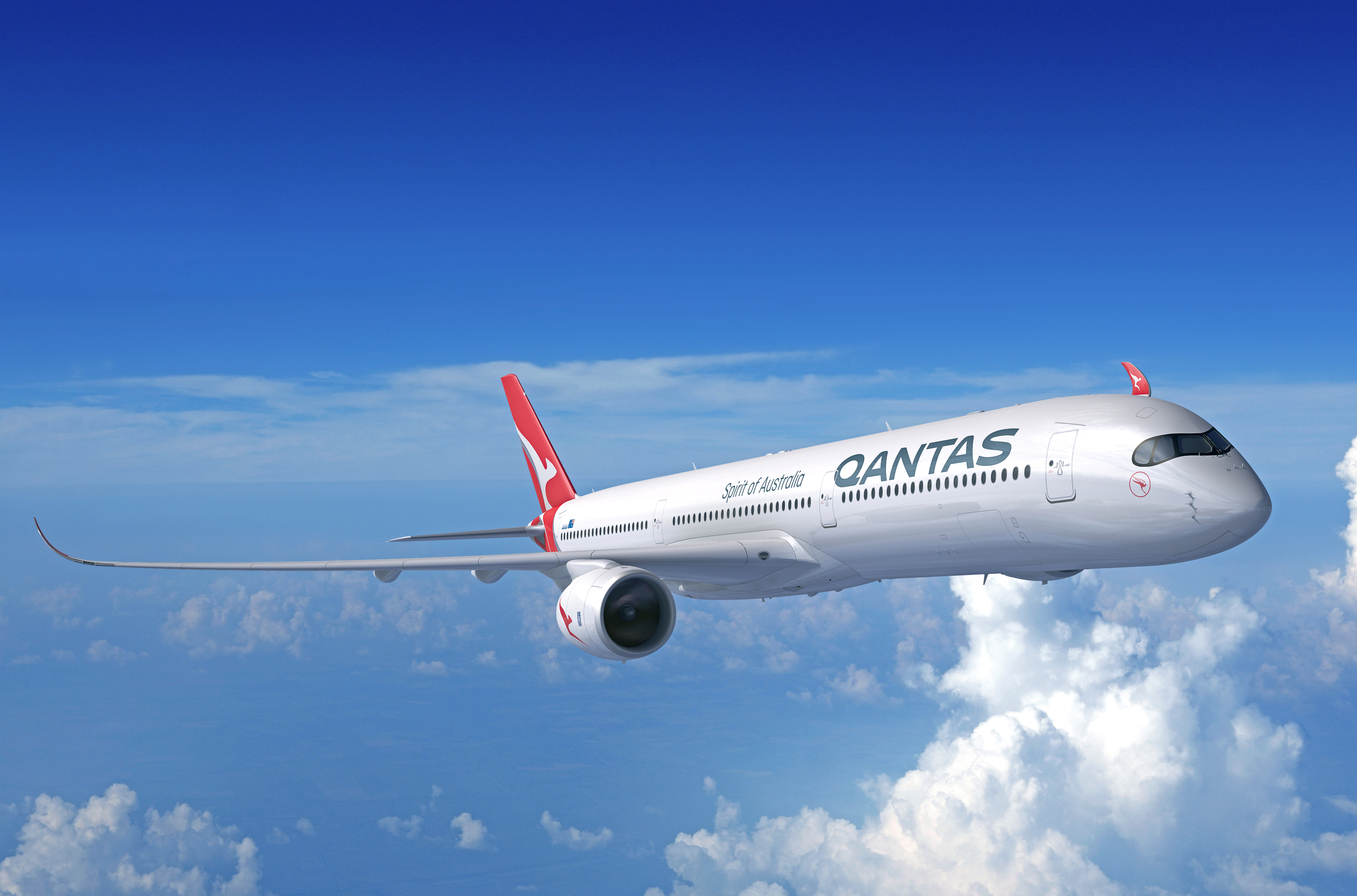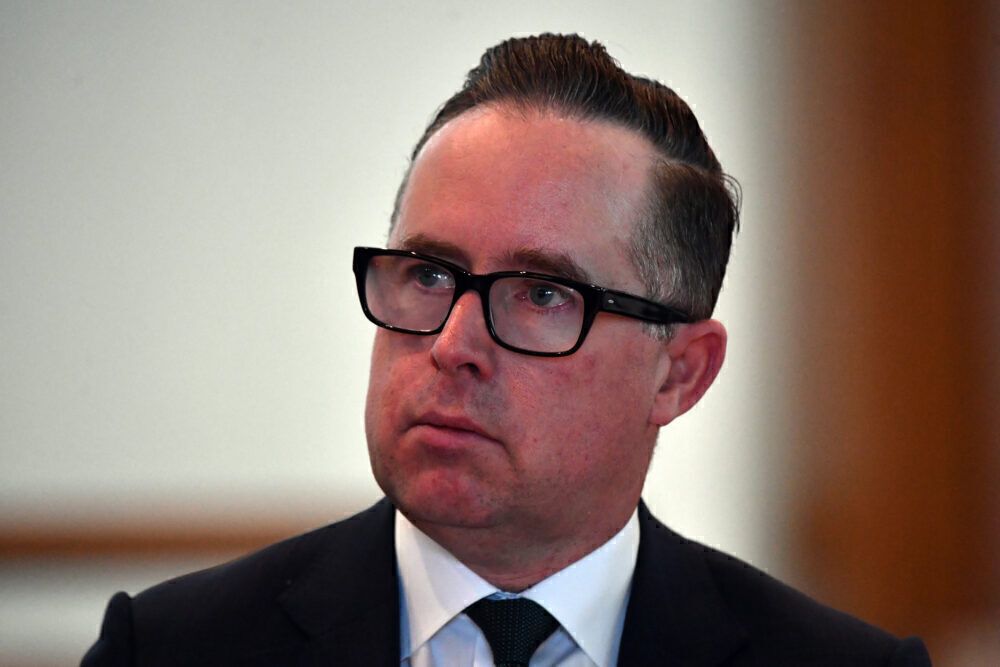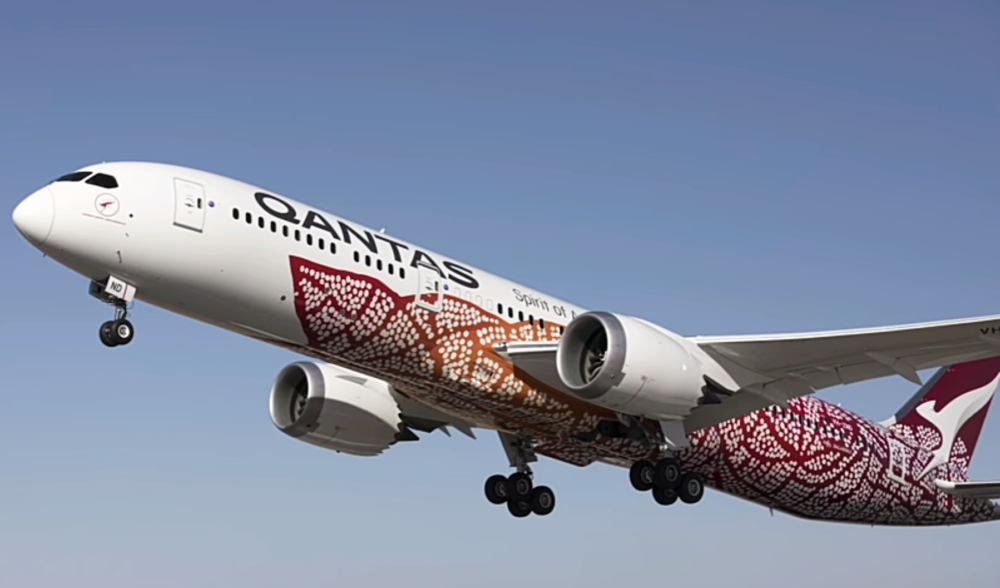Australian airline Qantas remains extremely keen on its ultra-long-range Project Sunrise flights. Qantas was weeks away from greenlighting the strategy and ordering new planes last year when the global travel downturn struck and curtailed its ambitions. Now, 12 months down the track, Qantas' CEO Alan Joyce has revealed he wants to kickstart Project Sunrise within the next year.
An ambitious strategy delayed, not dead
Project Sunrise is Qantas' ambitious scheme to operate globe striding non-stop passenger flights using specially modified Airbus A350-1000 aircraft. Qantas flagged non-stop flights between Australia's east coast cities and New York, Rio de Janeiro, Frankfurt, Capetown, and London.
Qantas was just weeks from sealing the deal early last year when the travel downturn scuppered its plans. But the airline never dropped the idea. Instead, Qantas quietly put the strategy away into the top drawer and waited for the market to improve.
Now, Qantas CEO Alan Joyce says he expects the airline to take Project Sunrise forward within the next 12 months. Speaking at an online CAPA Live event on Wednesday afternoon, Alan Joyce said he was revisiting the scheme.
"I think it is a great strategy for the new environment post-COVID and something that we continue to be excited about. What we have to do is get the right environment. I'm hoping within the next year."
Stay informed: Sign up for our daily and weekly aviation news digests.
A perfect idea in a post-COVID world
Alan Joyce argues Project Sunrise will have more appeal than ever once international travel demand begins to normalize. Mr Joyce believes more travelers than before will be keen to skip transiting through hubs. He also thinks people will pay a premium to do so.
"When you do something unique that gives you a customer value proposition that's quite special, you can charge a premium for it," he says.
The Qantas boss uses the example of the now-suspended non-stop service between Perth and London Heathrow. That wasn't a Project Sunrise flight, but it was a marathon haul flown by a 787-9 Dreamliner that was one of the longest passenger routes in the world.
"Before COVID, it was the most profitable route on our international network," Mr Joyce said. Saying it was still the number one international route prospective passengers searched for online, "post-COVID, we think the demand for that route will be extraordinarily high."
From Alan Joyce's point of view, that kind of interest bodes well for Project Sunrise's prospects.
Alan Joyce set to mark his mark on Qantas with Project Sunrise
However, Alan Joyce notes it isn't passenger interest alone that's determining the likelihood of Project Sunrise flights down the track. He says the international travel environment needs to settle and borders need to open. Mr Joyce says he has to persuade both the Qantas board and his shareholders that the multi-billion dollar strategy is worth investing in. But he was close to pulling that off before, and he shouldn't have too many problems there the second time around.
For Alan Joyce, it's his chance to make his mark on Qantas. He calls Project Sunrise a big strategic bet. According to the Qantas CEO, these types of bets come around every decade or so,
"In the early 2000s, it was Jetstar. Look how good that was for us. In the 2010s, it was loyalty. Look at how good that was. I think in the 2020s the big strategic deal for us is going to be Sunrise."
For Mr Joyce, launching Project Sunrise could be a defining moment in his career and a historical legacy to leave in his wake at Qantas.
"I'm very excited," he says about Project Sunrise's prospects at Qantas.
Do you think Project Sunrise will get the go-ahead within the next year? Post a comment and let us know.



